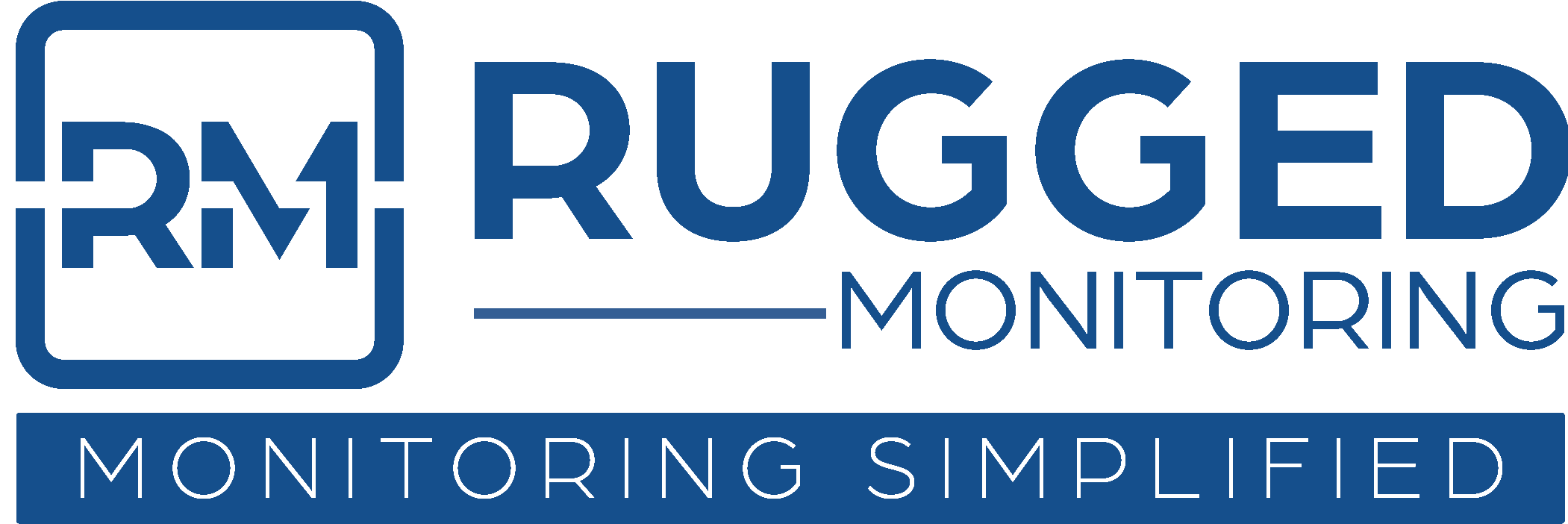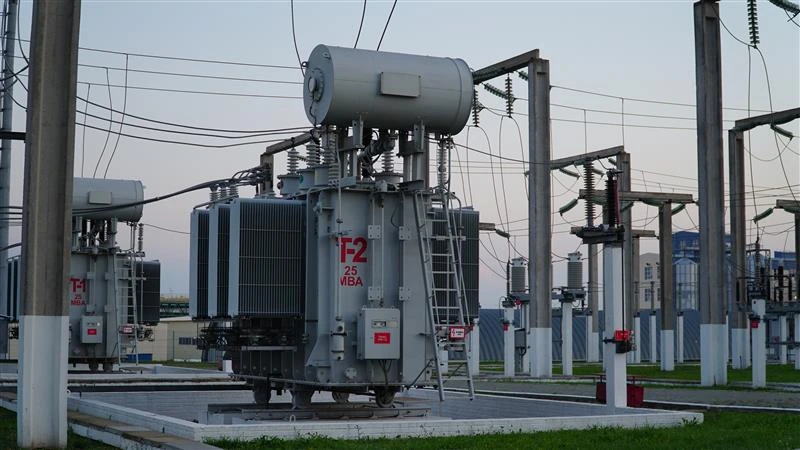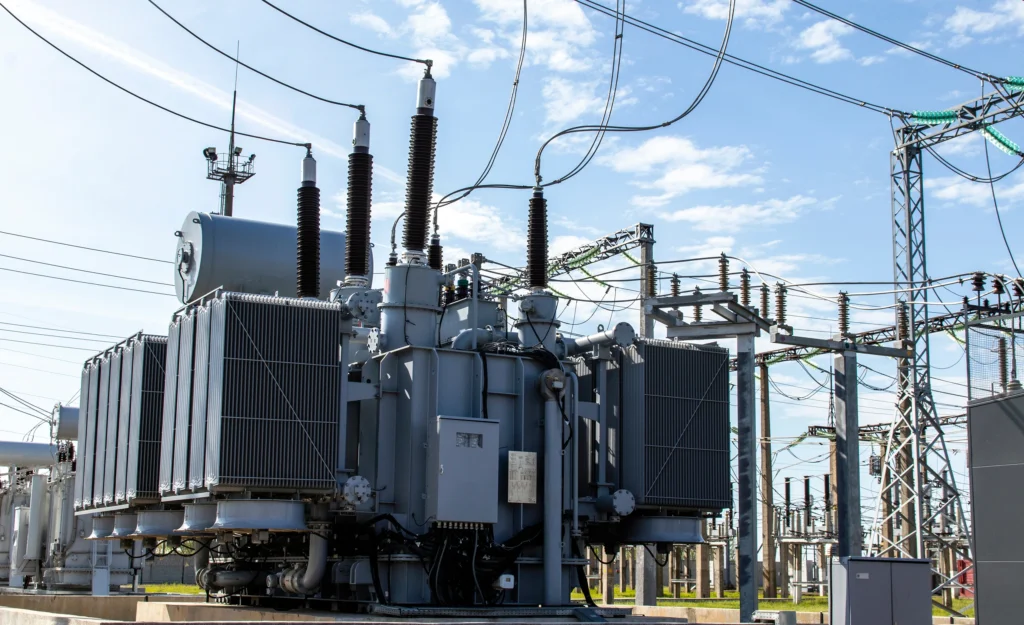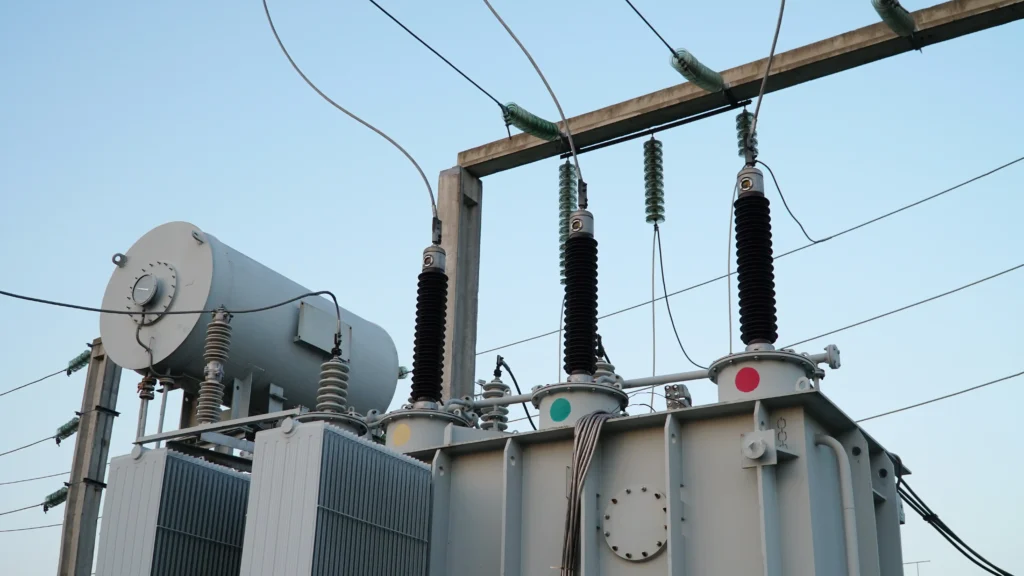Introduction
A circuit breaker is commonly recognized as an essential electrical safety device. It shields electrical circuits from potential harm due to overloads, voltage surges, and short circuits. Its fundamental role is to swiftly interrupt the electrical flow to a connected device upon detecting dangerously high voltage levels. This action safeguards the device from enduring any sustained electrical damage. Additionally, a circuit breaker designed to prevent short circuits also serves the vital purpose of averting overload situations and potential electrical fires.
In the realm of electrical systems, circuit breakers play a pivotal role in safeguarding equipment and ensuring uninterrupted power supply. They serve as the first line of defence against overloads and faults, preventing potential damage and hazards. However, like any mechanical component, breakers require regular maintenance to operate at their optimal capacity. This is where breaker testing emerges as a crucial practice.
The Significance of Circuit Breakers
Circuit breakers act as guardians of electrical systems. They detect abnormal conditions, such as overcurrent’s or short circuits, and swiftly interrupt the electrical flow to prevent further damage. Given their critical role, it’s imperative to ensure that they function reliably.
In every circuit breaker, five fundamental components work together seamlessly to ensure its reliable operation and safeguard electrical systems:
- Tripping or Protective Mechanism: Also referred to as the trip unit, this component initiates the operating mechanism when an electrical fault occurs.
- Operating Mechanism: Responsible for opening or closing the breaker to perform its protective function.
- Molded Frame: This forms the outer protective and supportive casing for most breakers. It provides insulation and shields the other components of the breaker.
- Arc Chutes: Positioned near the contacts, these chutes prevent damage and, most importantly, dissipate heat to ensure the circuit breaker functions effectively. They separate when a fault occurs.
- Contacts: There are three types of contacts – arcing, auxiliary, and main contacts. They work together to facilitate optimal airflow inside the breaker, contributing to its efficient operation.
The Lifespan Challenge
Over time, factors like electrical stresses, environmental conditions, and mechanical wear can take a toll on circuit breakers. Without proper maintenance, their performance may deteriorate, leading to reduced reliability and increased risk of failure. This underscores the importance of proactive measures to extend their lifespan.
Breaker Testing: A Proactive Approach
Breaker testing involves a series of assessments and evaluations aimed at gauging the condition and performance of circuit breakers. This proactive approach serves several key purposes:
1. Identifying Wear and Tear
Breaker testing allows for the detection of worn or damaged components, such as contacts, insulation, and springs. Identifying these issues early on enables timely repairs or replacements, preventing potential failures.
2. Verification of Trip Settings
Ensuring that a circuit breaker operates within its specified trip settings is vital for protecting equipment. Testing verifies that the breaker responds accurately to various fault scenarios.
3. Contact Resistance Measurement
High contact resistance can hinder a breaker’s ability to interrupt the current flow effectively. Testing helps identify and rectify any issues in this area, ensuring optimal performance.
4. Timing and Speed Analysis
Breaker testing evaluates the opening and closing times of the circuit breaker. This is critical in scenarios where rapid response is necessary to prevent damage.
5. Dielectric Strength Testing
This test assesses the insulation’s ability to withstand voltage stresses. It helps identify potential weaknesses that could lead to breakdowns.
6. Arc Flash Hazard Analysis
By testing the breaker’s response to fault conditions, potential arc flash hazards can be identified and mitigated, enhancing safety for personnel and equipment.
Extending the Lifespan: A Holistic Approach
While breaker testing is a pivotal component of maintenance, it’s part of a larger, holistic strategy. Regular inspections, cleaning, and lubrication complement testing efforts. Additionally, embracing emerging technologies like remote monitoring and predictive analytics can further enhance equipment reliability.
Monitoring circuit breakers is a critical aspect of maintaining the reliability and safety of electrical systems. It provides early detection of potential issues, allowing for timely intervention and preventing costly disruptions. By ensuring that circuit breakers operate at their optimal capacity, monitoring contributes to the overall efficiency and effectiveness of electrical infrastructure.
Monitoring circuit breakers is crucial for several reasons, each contributing to the safety, reliability, and efficiency of electrical systems:
Preventing Electrical Fires: Circuit breakers play a vital role in preventing electrical fires. Monitoring ensures that they function correctly, interrupting the electrical flow in case of overloads or faults.
Avoiding Overloads: Continuous monitoring helps detect and address overloads promptly. This prevents damage to equipment and wiring, ensuring they operate within their specified limits.
Reducing Downtime: Regular monitoring identifies potential issues before they escalate into major faults. This proactive approach minimizes downtime by allowing for timely repairs or replacements.
Enhancing Safety: Properly functioning circuit breakers protect against electrical hazards, ensuring the safety of personnel and preventing damage to property.
Optimizing Maintenance Efforts: Monitoring provides valuable data on the condition and performance of circuit breakers. This information allows for targeted maintenance efforts, maximizing their effectiveness.
Extending Equipment Lifespan: By addressing potential issues early, monitoring helps prolong the lifespan of circuit breakers, reducing the need for frequent replacements.
Meeting Regulatory Compliance: Many industries and regions have specific regulations regarding the maintenance and operation of electrical systems. Monitoring ensures compliance with these standards.
Improving System Reliability: Reliable circuit breakers are essential for maintaining continuous power supply. Monitoring helps identify and rectify issues, ensuring uninterrupted service.
Preventing Arc Flash Incidents: Arc flash incidents can be extremely dangerous. Monitoring helps detect conditions that could lead to arc flash events, allowing for preventive measures to be taken.
Facilitating Predictive Maintenance: Advanced monitoring systems can predict when a circuit breaker is likely to fail based on its performance trends. This allows for planned replacements, minimizing unplanned downtime.
Monitoring Environmental Conditions: Some circuit breakers are used in harsh environments. Monitoring can track factors like temperature and humidity, ensuring they operate within specified ranges.
Integrating with Smart Grids: In the context of smart grids, monitored circuit breakers provide valuable data for grid automation, allowing for efficient load balancing and fault management.
Integration of Circuit Breakers with Electrical Asset Condition Monitoring
Circuit breakers, serving as the guardians of electrical systems, play a pivotal role in safeguarding equipment and ensuring uninterrupted power supply. However, to further elevate the reliability and performance of these critical components, integration with Electrical Asset Condition Monitoring emerges as a transformative approach.
The integration of circuit breakers with electrical asset condition monitoring represents a significant leap forward in the quest for a robust and resilient electrical infrastructure. By harnessing the power of data and analytics, we empower ourselves to proactively address potential issues, ensuring the continued reliability and safety of our electrical systems. This dynamic integration exemplifies the potential for innovation to shape the future of electrical engineering.
The Confluence of Circuit Breakers and Asset Condition Monitoring
1. Proactive Fault Detection
By integrating circuit breakers with asset condition monitoring, potential faults and anomalies can be detected before they escalate. Real-time data on the condition of the breaker, such as temperature, vibration, and insulation resistance, offers invaluable insights.
2. Predictive Maintenance
Combining the data from circuit breakers with asset condition monitoring enables predictive maintenance. Advanced analytics and machine learning algorithms can identify patterns indicative of potential issues, allowing for timely intervention and planned maintenance schedules.
3. Optimized Resource Allocation
Knowing the precise condition of circuit breakers allows for efficient allocation of resources. Maintenance efforts can be directed towards breakers that require attention, reducing unnecessary downtime and costs.
4. Enhanced Safety Measures
Integration with asset condition monitoring enhances safety protocols. It provides real-time data on the health and performance of circuit breakers, enabling prompt action in the event of abnormal conditions.
5. Improved System Reliability
A comprehensive view of circuit breaker health, in conjunction with asset condition data, contributes to improved system reliability. This ensures uninterrupted power supply, particularly in critical applications.
6. Arc Flash Hazard Mitigation
Monitoring electrical conditions in and around circuit breakers aids in identifying potential arc flash hazards. This allows for the implementation of preventive measures, safeguarding personnel and equipment.
7. Remote Monitoring and Control
Integration facilitates remote monitoring of circuit breakers. This is particularly valuable in situations where physical access may be limited, such as in substations or hard-to-reach locations.
8. Historical Data for Informed Decision-Making
The combination of circuit breaker data with asset condition history creates a valuable resource for making informed decisions regarding maintenance strategies, upgrades, and network expansion.
Embracing the Future: The Path Forward
As technology continues to advance, the integration of circuit breakers with electrical asset condition monitoring promises even greater levels of efficiency and reliability. With the advent of Internet of Things (IoT) technologies, real-time monitoring, and predictive analytics, we can anticipate a future where electrical systems operate seamlessly, with minimal disruptions and optimal performance.
The future of circuit breaker condition monitoring is brimming with potential. By embracing these state-of-the-art cutting-edge technologies, we are poised to revolutionize how we ensure the reliability and safety of electrical systems. This forward-thinking approach not only enhances equipment performance but also contributes to a more sustainable and efficient electrical infrastructure. As we forge ahead, we stand at the precipice of a new era in electrical engineering, where innovation paves the way for a brighter, more reliable future.
Following are some of the key features of Circuit Breaker Condition Monitoring systems:
The following features collectively enable Circuit Breaker Condition Monitoring systems to provide a comprehensive solution for ensuring the reliability and safety of circuit breakers within electrical networks.
Real-time Monitoring: Provides continuous, real-time assessment of the condition and performance of circuit breakers.
Remote Accessibility: Allows for monitoring and analysis from a centralized location, reducing the need for physical presence at the site.
Data Collection and Analysis: Gathers and processes data on various parameters including temperature, vibration, contact resistance, and insulation resistance.
Alerts and Alarms: Issues notifications for abnormal conditions or potential faults, enabling prompt action to be taken.
Predictive Analytics: Utilizes historical data and machine learning algorithms to predict potential issues or faults before they occur.
Diagnostics and Fault Identification: Offers detailed analysis to pinpoint the exact location and nature of faults or potential problems.
Integration with SCADA Systems: Seamlessly integrates with Supervisory Control and Data Acquisition (SCADA) systems for centralized monitoring and control.
Arc Flash Hazard Analysis: Assesses conditions to identify potential risks of arc flash events and recommends preventive measures.
Temperature Monitoring: Tracks the temperature of critical components to ensure they remain within safe operating limits.
Vibration Analysis: Measures and analyzes vibrations to detect abnormalities indicative of potential faults.
Insulation Resistance Testing: Assesses the integrity of insulation to prevent breakdowns or electrical leakage.
Contact Resistance Measurement: Evaluates the quality of electrical connections within the breaker to ensure optimal performance.
Historical Data Storage: Archives data for trend analysis, performance evaluation, and long-term planning.
Reporting and Documentation: Generates detailed reports on the condition of circuit breakers, including recommendations for maintenance or repairs.
Asset Prioritization: Helps in prioritizing maintenance efforts based on the criticality of circuit breakers within the system.
Cybersecurity Measures: Implements robust security protocols to protect data integrity and prevent unauthorized access.
Integration with Predictive Maintenance Software: Integrates seamlessly with predictive maintenance software for a comprehensive approach to maintenance.
Environmental Monitoring: Tracks environmental conditions such as temperature, humidity, and moisture levels that can impact breaker performance.
Scalability: Easily scales to accommodate growing networks and additional monitoring points as needed.
User-friendly Interface: Provides an intuitive dashboard for easy navigation and visualization of circuit breaker condition data.
Conclusion: Safeguarding Reliability
Breaker testing stands as a cornerstone in the quest to maximize equipment lifespan. By identifying potential issues before they escalate, it plays a crucial role in ensuring the continued operation of electrical systems. Embracing this proactive approach not only safeguards equipment but also contributes to a safer and more reliable electrical infrastructure. As technology continues to advance, so too will the capabilities of breaker testing, promising even greater levels of equipment reliability and system resilience in the years to come.
The significance of breaker testing lies in its ability to identify potential issues before they escalate into major faults. This proactive approach minimizes downtime, reduces repair costs, and ultimately bolsters the reliability of electrical infrastructure. Moreover, it serves as a linchpin in safeguarding against hazards such as electrical fires and arc flash incidents, underscoring its critical role in ensuring both personnel safety and property protection.
As technology continues to advance, breaker testing methodologies are becoming more sophisticated, incorporating state-of-the-art techniques and technologies. Predictive analytics and advanced diagnostics further empower maintenance teams to anticipate and address potential issues, leading to more efficient operations and cost savings.



